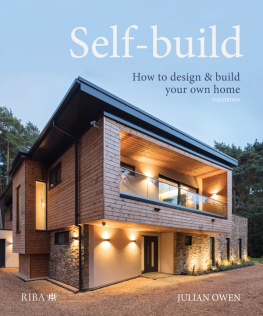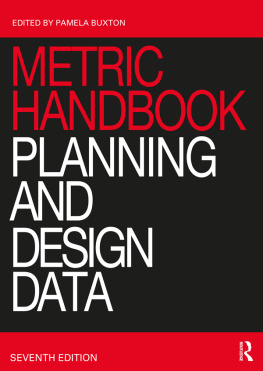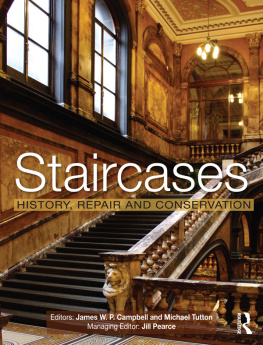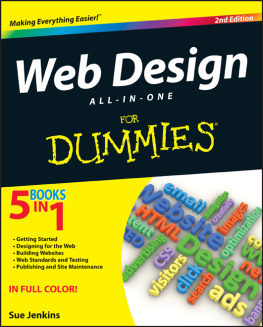Contents
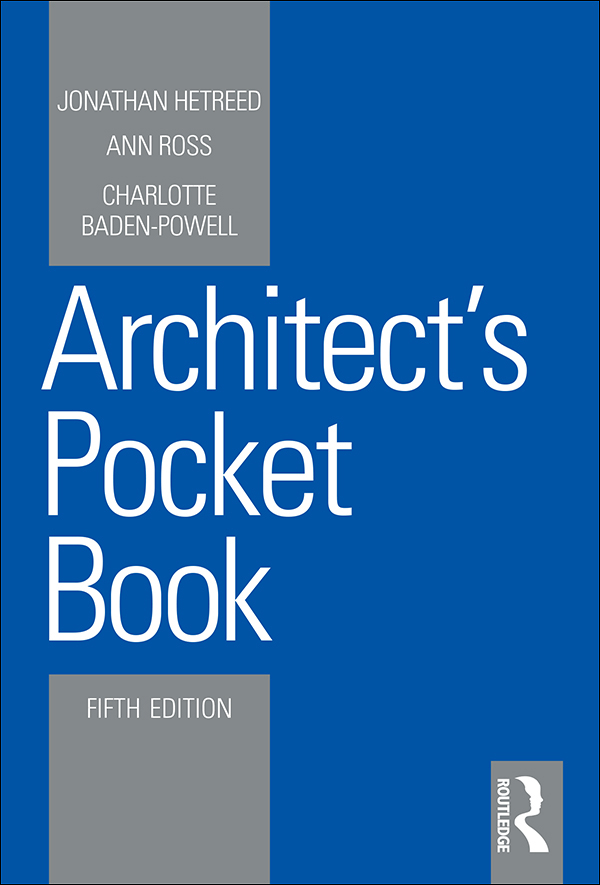
Fifth edition published 2017
by Routledge
2 Park Square, Milton Park, Abingdon, Oxon, OX14 4RN
and by Routledge
711 Third Avenue, New York, NY 10017
Routledge is an imprint of the Taylor & Francis Group, an informa business
2017 Charlotte Baden-Powell, Jonathan Hetreed and Ann Ross
The right of Charlotte Baden-Powell, Jonathan Hetreed and Ann Ross to be identified as authors of this work has been asserted by them in accordance with sections 77 and 78 of the Copyright, Designs and Patents Act 1988.
All rights reserved. No part of this book may be reprinted or reproduced or utilised in any form or by any electronic, mechanical, or other means, now known or hereafter invented, including photocopying and recording, or in any information storage or retrieval system, without permission in writing from the publishers.
Trademark notice: Product or corporate names may be trademarks or registered trademarks, and are used only for identification and explanation without intent to infringe.
First edition published by Architectural Press 1997
Fourth edition published by Routledge 2014
British Library Cataloguing in Publication Data
A catalogue record for this book is available from the British Library
Library of Congress Cataloging in Publication Data
Names: Baden-Powell, Charlotte, 1936- author. | Hetreed, Jonathan, author. | Ross, Ann, 1955- author.
Title: Architects pocket book / Jonathan Hetreed and Ann Ross, from the original by Charlotte Baden-Powell.
Description: Fifth edition. | New York : Routledge, 2017. | Includes bibliographical references and index.
Identifiers: LCCN 2016044665| ISBN 9781138643994 (pb : alk. paper) | ISBN 9781315629100 (ebook)
Subjects: LCSH: Architecture--Great Britain--Handbooks, manuals, etc.
Classification: LCC NA2590 .B3 2017 | DDC 720.941--dc23
LC record available at https://lccn.loc.gov/2016044665
ISBN: 978-1-138-64399-4 (pbk)
ISBN: 978-1-315-62910-0 (ebk)
Typeset in Frutiger
by Saxon Graphics Ltd, Derby
Contents
This book is dedicated to the memory of
Charlotte Baden-Powell, for all her work, energy and
enthusiasm for creating this invaluable resource for architects.
In the five years since the fourth edition, the art, science and practice of architecture has continued to evolve in parallel with the growing complexity of life on this planet. Accessibility of information particularly technical information the core of the APBs usefulness has improved both technically and in distribution. The sheer volume of information now available to all of us makes the positive selection and accessible presentation of it even more useful.
We have aimed to enhance the relevance of material presented, weeding some of the denser sections so as to better reveal the useful core, while retaining the broad spread and we hope the intricate appeal of Charlotte Baden-Powells original.
As ever, the scope of the book is intended to be most useful to the bespoke and smaller scale of architecture where most of our own experience has been gained.
Our many contributors both seasoned and new have revised, pruned and amplified individual sections, updating technical references and environmental issues in particular. Readers comments are gratefully received and have been taken into account in this edition.
Jonathan Hetreed and Ann Ross
We would like to thank the following for their help and expertise in revising and updating sections of the book:
Bill Gething | Bill Gething: Sustainability & Architecture Professor of Architecture at UWE |
Jonathan Reeves | jr architecture: CAD, BIM notes and diagram www.jra-vectorworks-cad.co.uk |
Jonathan Miles | Jonathan C Miles, Chartered Building Surveyors: Party Wall guidance |
Richard Dellar | Richard Dellar Consulting Ltd: Costs and Law |
Mike Andrews | Energy Saving Experts Ltd: Conservation of Fuel and Power and Sustainability www.energy-saving-experts.com |
Liz Harrison | CMLI, Liz Harrison Garden and Landscape Design: Plant selection www.lizharrisondesign.co.uk |
Nick Burgess | Rexon Day Consulting: Structures www.rexonday.com |
Dr James Allen | E&M West Consulting Engineers: SUDS www.eandmwest.co.uk |
BJP Consulting Group Limited: Water regulations www.bjp-uk.com |
Paul Ruffles | Lighting Design and Technology: Lighting www.ldandt.co.uk |
Jools Browning | Brown Hen Solutions: Home Technology Integration www.brownhensolutions.com |
Paul Smith | Matrix Acoustic Design Consultants: Sound www.matrixacoustics.co.uk |
We would also like to thank: |
Fran Ford | Taylor and Francis, for her help in preparing the new edition. |
All those who by their constructive comments on the fourth edition have helped us to make the fifth edition worth doing.
Jonathan Hetreed
Ann Ross
Architecture reflects the ever increasing complexity of human life and humanitys construction solutions. One aspect of this has been the increasing specialisation of roles within design teams though for smaller scale projects, architects often cover most of these. Whether in multi-role working or in coordination of a team of specialists, the dominant pressure in good architecture has become the progress of climate change: architects need above all to be aware of and responsive to these impacts on their clients and the world at large.
Climate change poses two parallel challenges: Mitigation (to reduce the greenhouse gas emissions that drive it) and Adaptation (changing our design approach so that our buildings can accommodate changing environmental conditions). The former is well embedded in regulations, the latter is less so; decisions on how to address it must therefore be made on a project by project basis and agreed with clients. There is no such thing as a climate proof building. What is needed is an adaptation strategy where a building is designed to accommodate an agreed level of change and thought has been given to how further levels of change could be accommodated if and when necessary through a buildings life potentially aligned with maintenance and replacement cycles.
The UKCP09 climate projections (http://ukclimateprojections.metoffice.gov.uk) provide a wealth of information on what we might expect in the UK. This can be summarised in general terms as:
Temperatures are projected to rise more in the south than the north, and, whereas relatively little change is projected in total annual rainfall, the seasonal pattern is likely to be different, with more in winter and less in summer.
In similarly general terms, impacts on the built environment can be considered under three headings:




